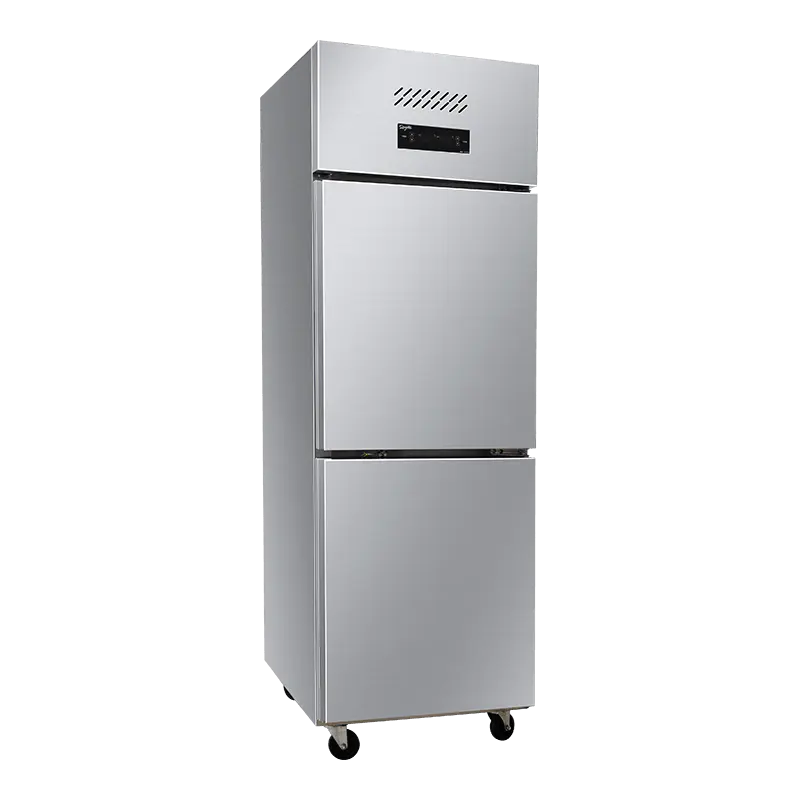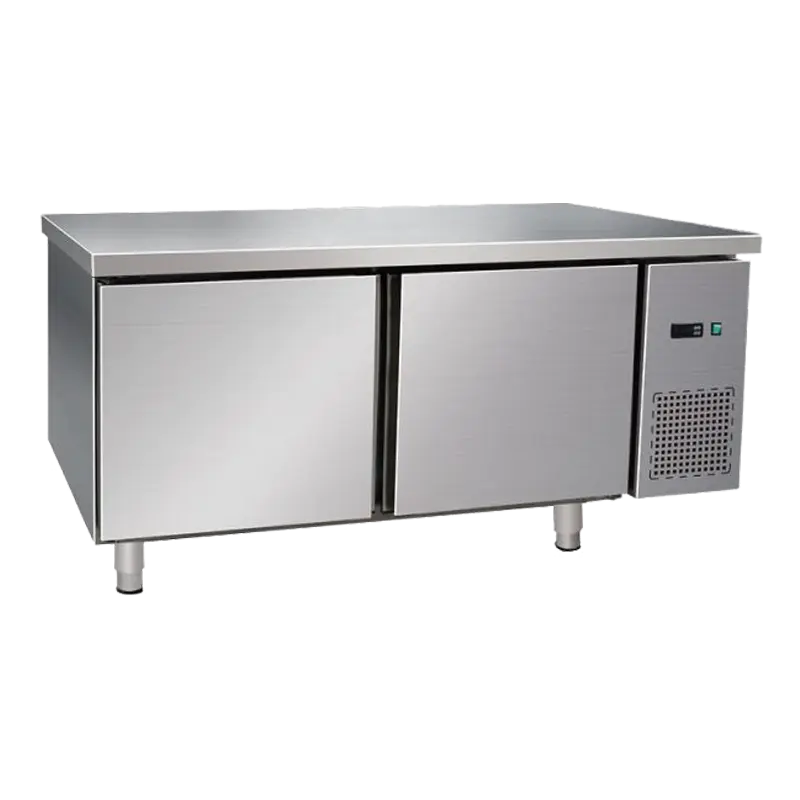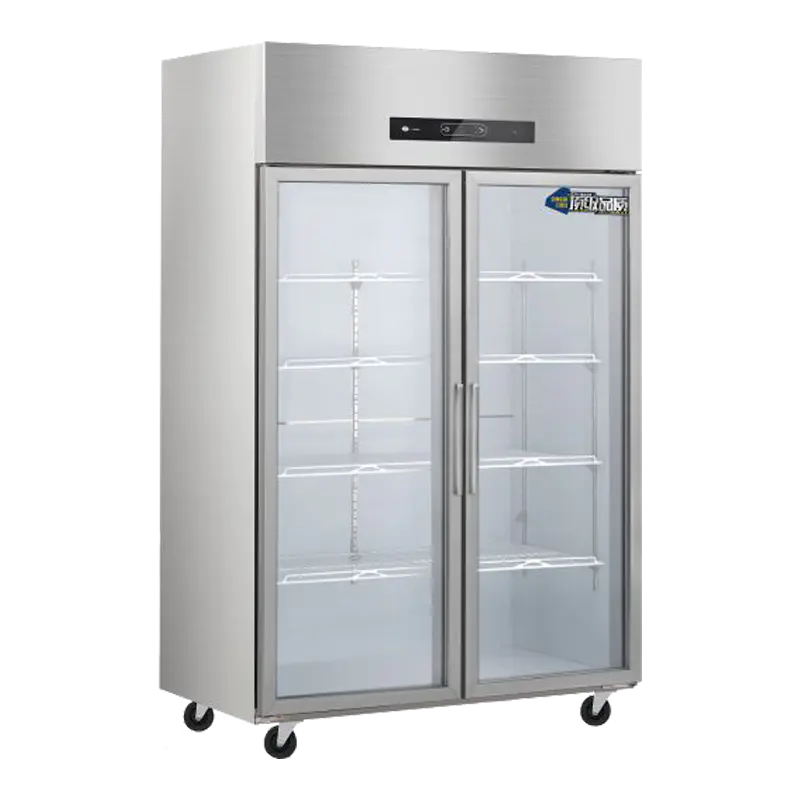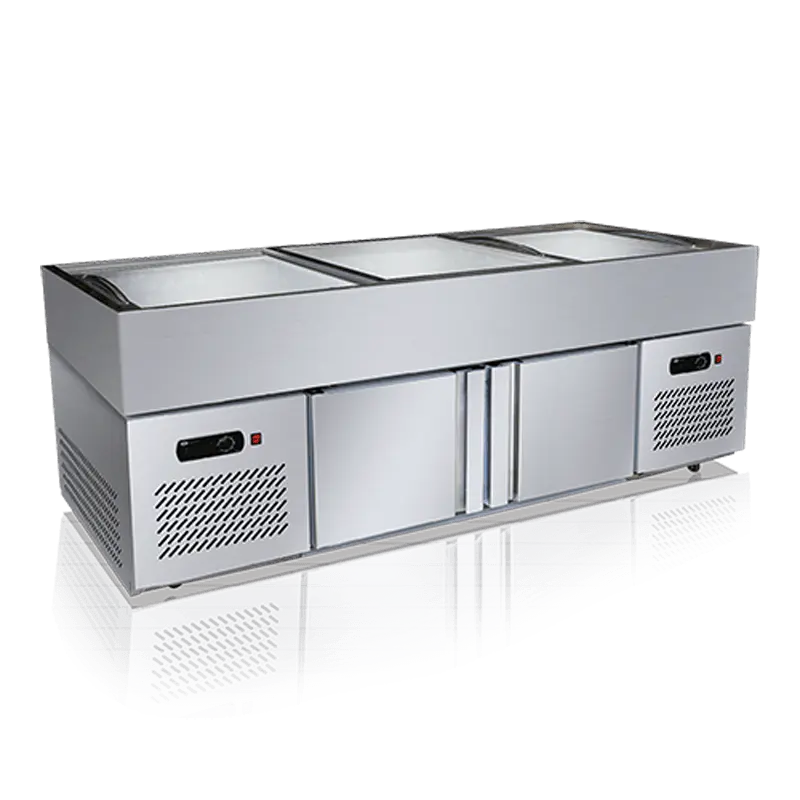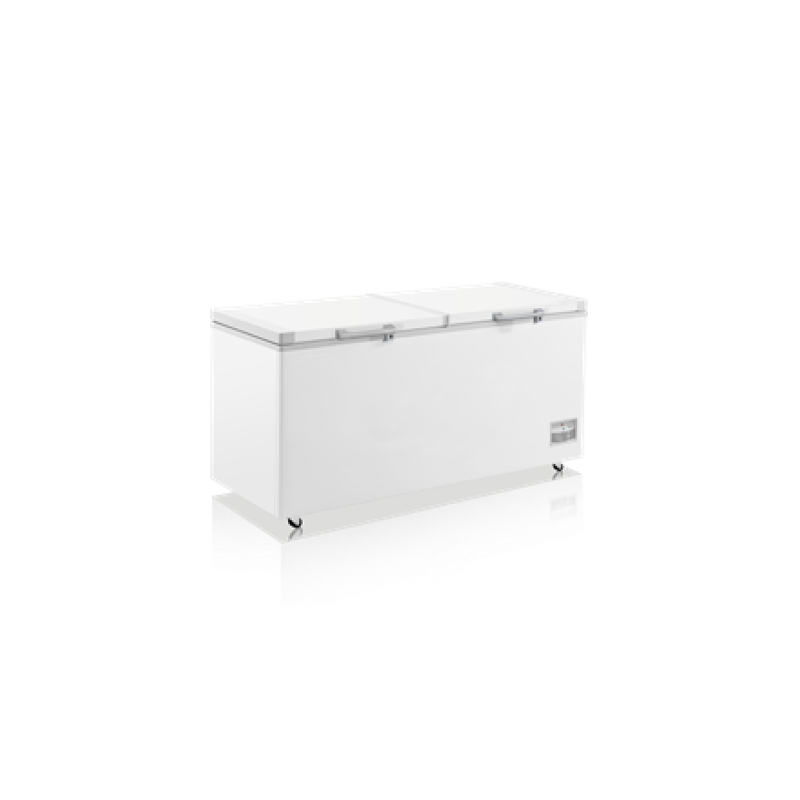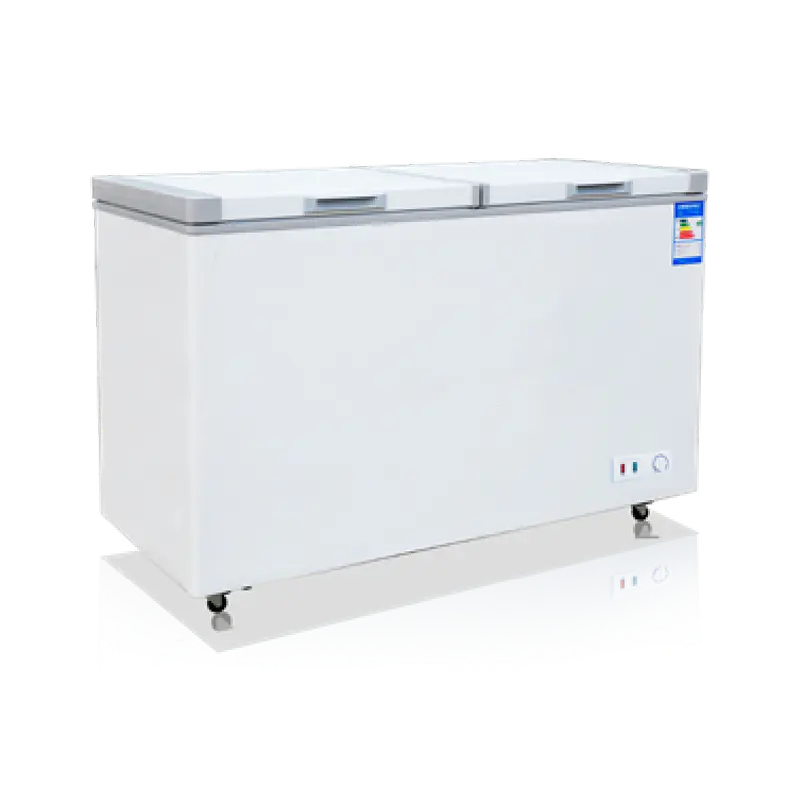The interior storage configuration of a Commercial Kitchen Refrigerator can be customized in several ways to suit specific food categories, ensuring optimal preservation, efficiency, and organization. Here are a few key customization options for different food categories:
Adjustable Shelving and Racks:
Custom shelving configurations allow different heights and depths to accommodate a variety of food products. For example, shorter shelves can be used for quick-access items like condiments, while taller shelves can store larger items like bottles or trays of fresh produce.
Wire racks or solid shelving can be chosen depending on the type of food being stored. Solid shelves may be better for items like fresh meat or dairy, as they prevent items from falling through, whereas wire racks may offer better airflow for items like vegetables or fruit.
Temperature Zones:
Some commercial refrigerators allow for dual-temperature zones, which enable the separation of products that require different storage conditions. For example, you can have one section set to a warmer refrigeration temperature for produce and another section set colder for meats or dairy.
Adjustable temperature controls within the same unit can ensure that sensitive foods like seafood or dairy are kept at a consistent, optimal temperature without affecting other stored products.
Specialized Drawers and Bins:
Drawers for meats or seafood can be built with dedicated temperature settings to prevent cross-contamination. Some units offer clear drawers for easy identification of stored products, which can be particularly useful for portioned or pre-packaged foods.
Crisper bins designed for vegetables and fruits can be included in the fridge to maintain humidity levels, preserving the freshness and texture of produce.
Custom Dividers:
Removable dividers can be inserted into shelving units or drawers, creating sections to separate different types of food. This organization helps reduce the risk of cross-contamination and makes it easier to locate items in a busy commercial kitchen.
Modular storage systems can be installed, allowing businesses to adjust the layout as needed based on changing kitchen requirements.
Sliding or Removable Shelves:
Sliding shelves enable easy access to stored food without the need for door openings, reducing exposure to fluctuating temperatures. This can be especially beneficial for restaurants that store large amounts of perishable items and need quick access to different categories.
Removable shelves make cleaning and maintenance easier while allowing for flexible storage options.
Dedicated Storage Sections:
Commercial refrigerators can be designed with separate compartments for certain food categories like dairy, meat, and beverages. These compartments can include specialized features such as air filtration, moisture control, or additional cooling for items like ice cream.
Heavy-duty door compartments or side doors can be customized to store bulkier items or ingredients that require more frequent access, such as pre-prepared meals or large storage containers.
Ventilation and Airflow Management:
Active airflow management can be implemented to ensure that cold air circulates evenly across different types of food. This is particularly important when storing items with varying cooling needs, such as delicate fruits or items that need a more stable, uniform cold temperature like meats.
Mobile Storage Options:
For spaces that require flexibility, mobile shelving or storage bins within the refrigerator allow staff to rearrange or move ingredients as needed. This flexibility is useful for kitchens that need to quickly adjust for seasonal menus or changing inventory.
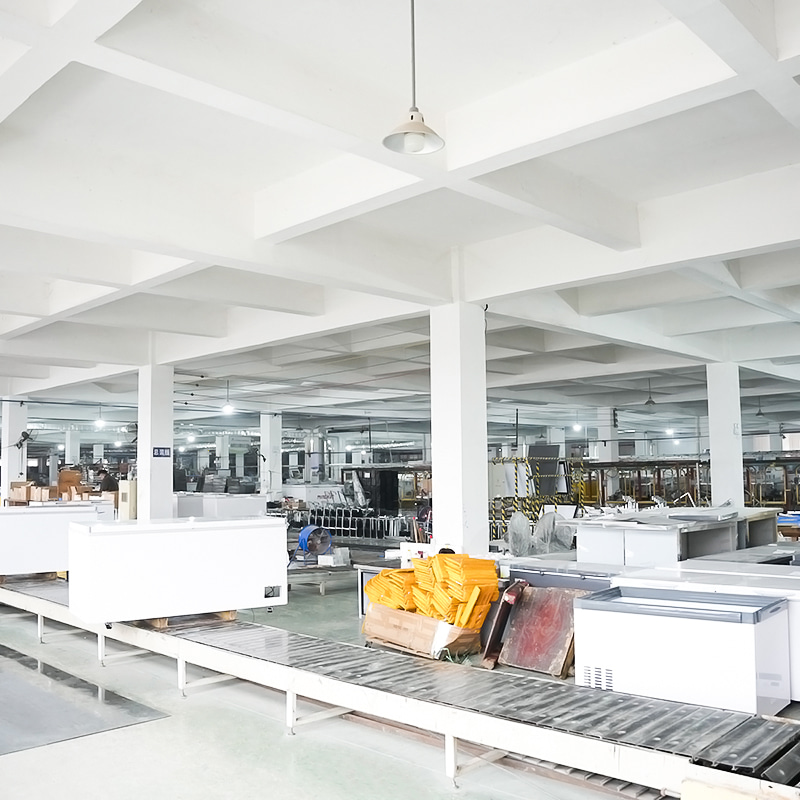
Custom Door Styles:
Glass doors might be chosen for refrigerated sections storing beverages or quick-access items, enhancing visibility while maintaining temperature.
Solid doors can be selected for other areas to reduce light exposure, particularly beneficial for sensitive food products like dairy and certain meats.
Smart Storage for Specific Food Groups:
Smart sensors can be integrated to monitor temperature, humidity, and airflow in specific areas to meet the needs of different food types, alerting staff to potential issues or inefficiencies.
Humidity-controlled compartments can be dedicated to specific food types like leafy greens, ensuring they stay crisp and fresh longer.
By customizing the interior configuration of a Commercial Kitchen Refrigerator, operators can optimize food storage conditions, reduce food waste, and maintain a more organized kitchen. This level of flexibility ensures that products are stored at the ideal conditions for freshness and quality while maximizing the use of available space.


 English
English русский
русский Español
Español عربى
عربى

